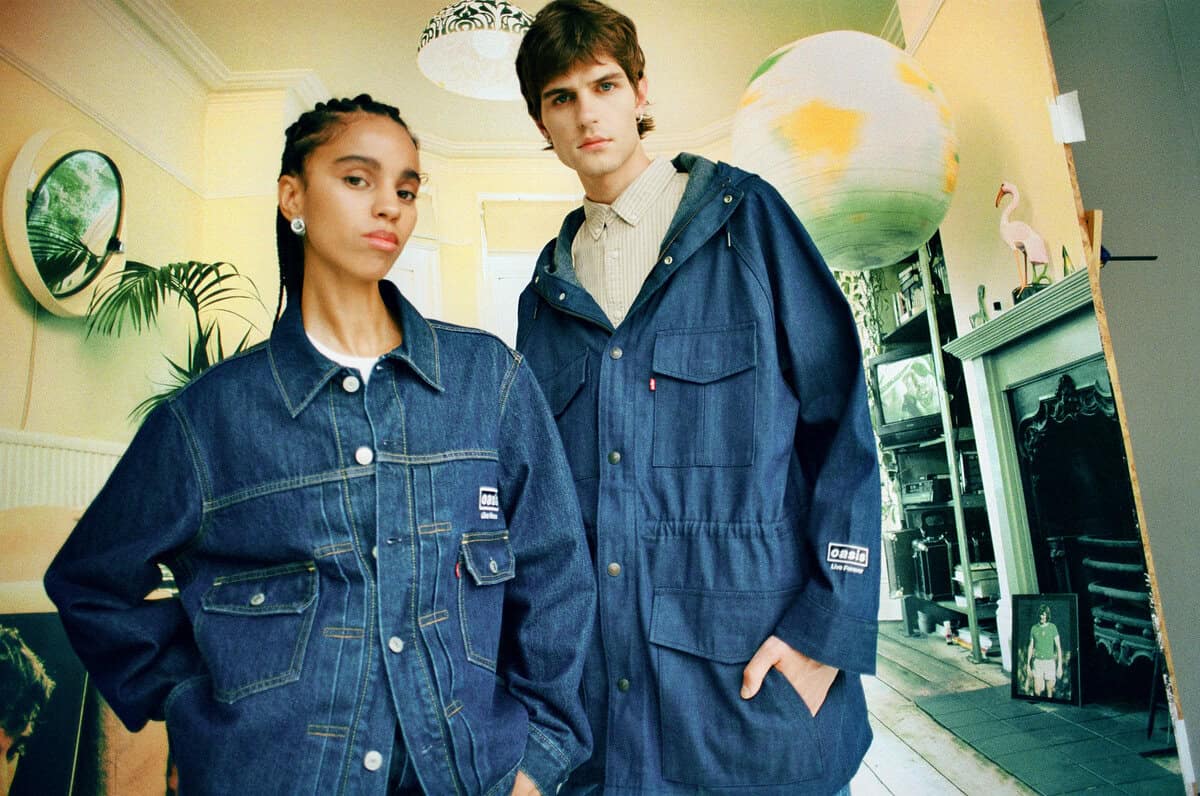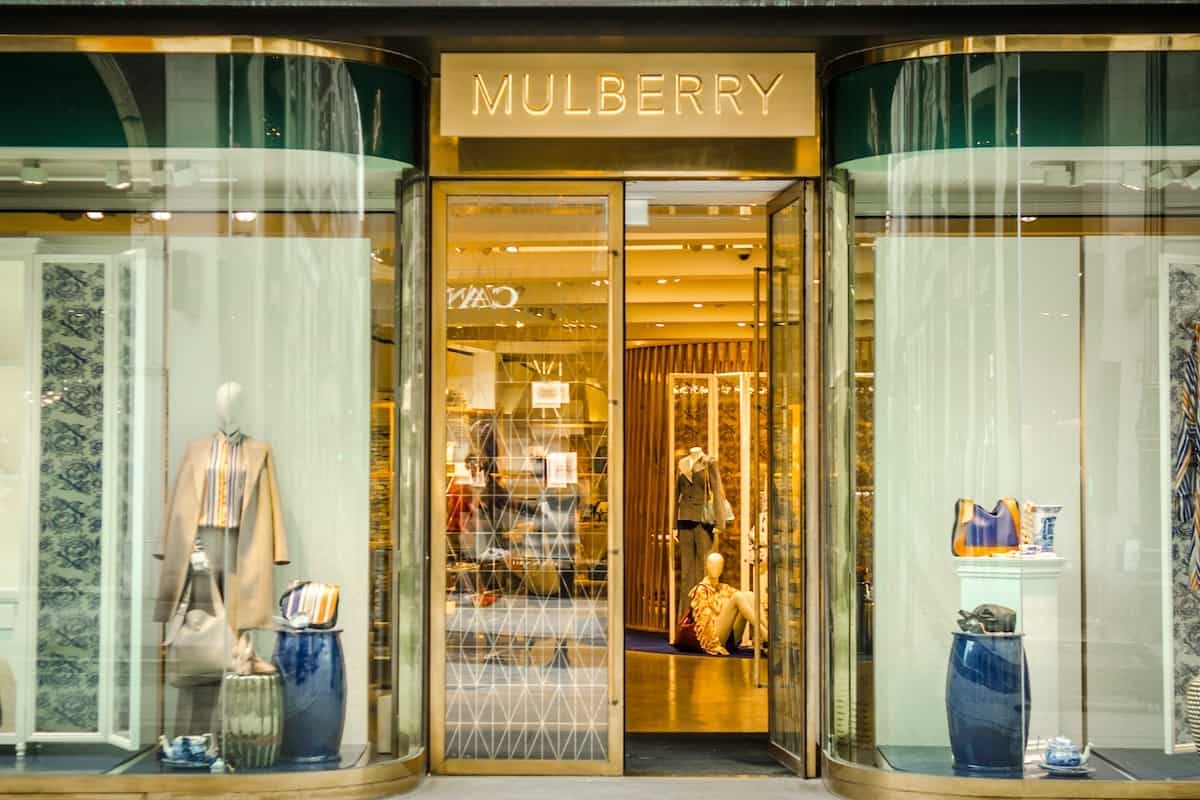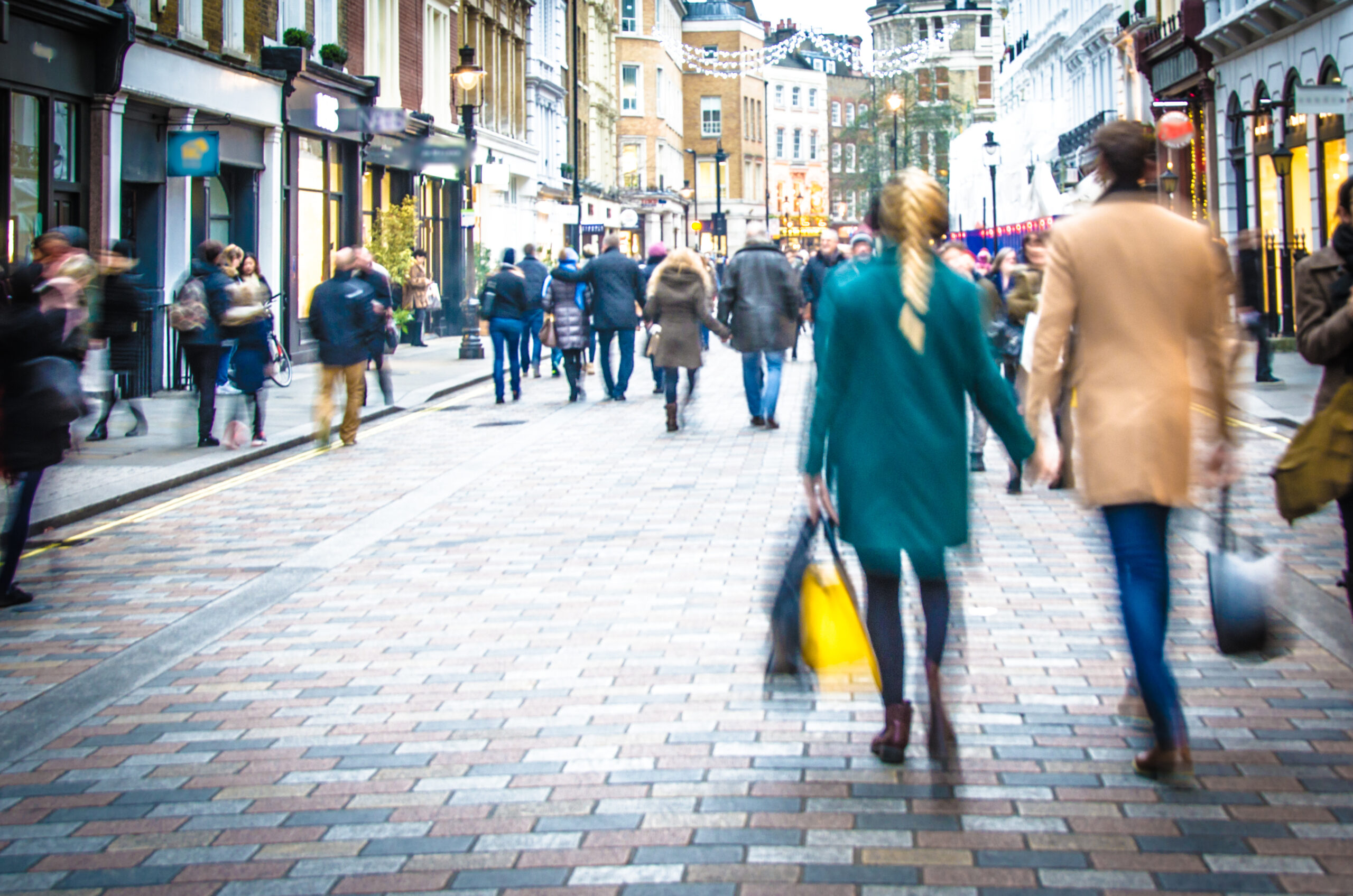Mobile is a curious beast – but not as curious as the shoppers that use it. It has taken many years for mobile to become the channel of choice for half of online shoppers and it has only recently cemented its position in the purchase journey. Nothing much has changed with mobile to make this happen; the change has come from consumers.
And now that consumers have embraced mobile, they are already finding it wanting. As our story shows this week, the people want more. Well, they want more and better. They are born of frustration.
A study by Connexity of more than 100,000 online shoppers finds that small screens, having to enlarge to avoid ‘sausage finger syndrome’ and slow loading pages are all annoyances. There are also fears over security – ironic, as a study by Leicester University suggests that retailers should be more worried about mobile and its impact on in-store theft – but the main thing is that now that shoppers ‘get’ mobile, they are going to be even more demanding of it than you may have thought.
What this all comes down to is that the pressure on mobile first design is going to increase dramatically. While the past few years have been a time for retailers to start to experiment with their mobile strategies, now the time has come to really focus on the design and UX for your mobile properties.
We have written much on how to design for mobile and even how mobile-first now has to be your priority, but I suspect in the coming months the pressure to perfect your mobile experience is going to grow rapidly.
Shoppers now all use mobile at some point in the shopping process, but more pressingly they use mobile all the time for all other aspects of their lives – not least now that everyone is playing Pokemon Go (from which you can also learn much).
This all means that shoppers expect the best experience they get from any mobile site or app to be ubiquitous. If you don’t deliver a gold standard experience you will lose out.
What does this mean in practice? Well, you need to look very closely at the best of breed in mobile design (check out our IRUK500 mobile dimension to see who is getting it right) and apply and adapt it to your business. And look closely at how the best of apps and the best of websites do cool things and see how you can apply these.
We already have some examples of how this is being done by Furniture Village and Hammersons , but you need to start thinking out of the box. What do your shoppers do? How do they do it? And, most pressingly of all, what do they want to do but don’t know they want to do?
A mobile strategy – even one focused on UX – has to take into account everything shoppers do on mobile and that also includes messaging, social, chat, payments and even voice calls. Only by truly knowing what people do overall with their mobile can you hope to offer the kinds of experiences that they want – the kind of experiences that will differentiate you from the crowd.








